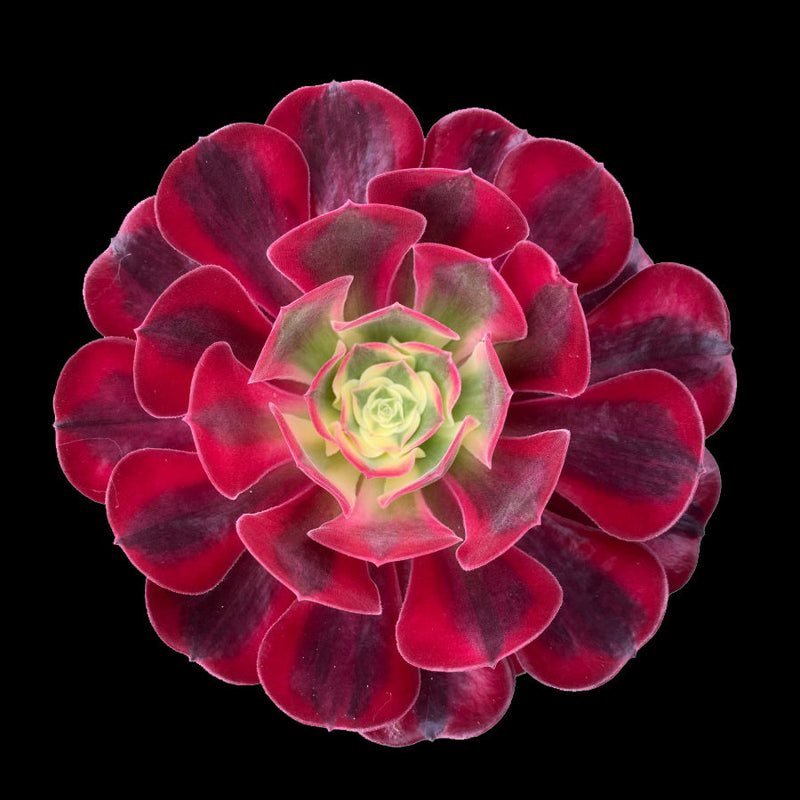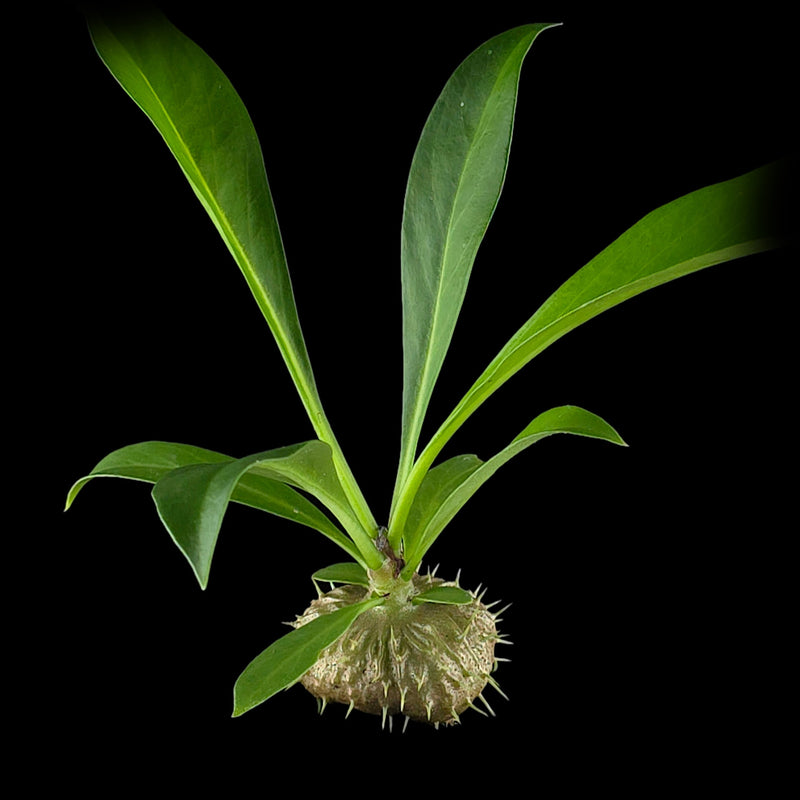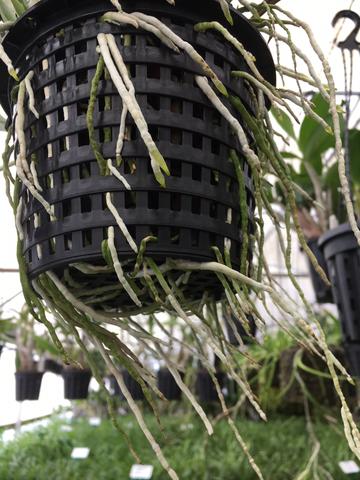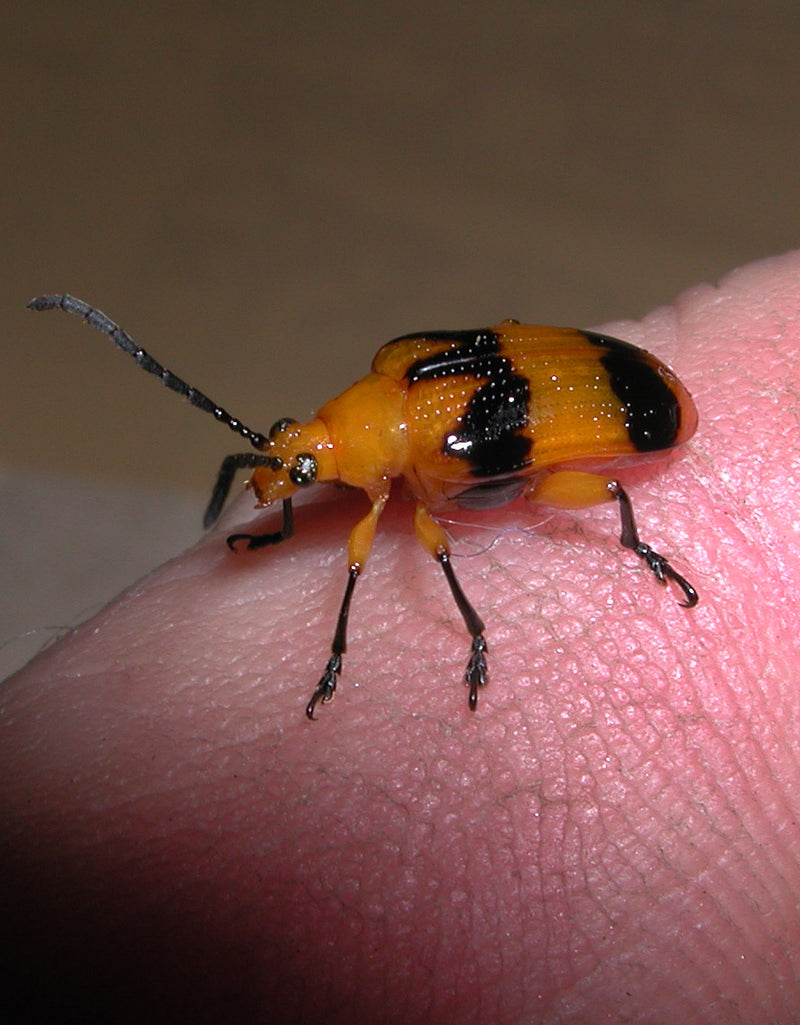Watering Orchids.
Wayne's tips after 50 years growing under Sth East Australian Condtions (Mediterranean)
This article can be re produced, cut pasted and copied at will! No copyright.
Just mention AON please
Watering orchids is easily the most difficult thing for new, novice orchid growers to understand. 80% of all orchid growers water TOO MUCH!!!
1/ Rule.
They are succulents, not soft lush fern like plants and as such are capable of long long periods without water. More are killed by overwatering than underwatering.
Thats why nearly all orchids have thick fleshy bulbs and leaves to store water. Even the roots are fleshy.

Thats why the orchid mix we use is blended to be very well drained, exceedingly so!
Orchids roots are designed to catch water and expend very quickly and prolonged wet feet causes this mechinism to fail, eventually killing the roots.
When you actually see where Australian Dendrobiums and Cymbidiums grow in the wild the penny will drop with how they should be watered.




#2 Rule
The wet/dry cycle
It is far better to allow your orchids to dry out between waterings. This is natural as even in monsoonal areas the sun comes out between storms and drys the roots.
In more seasonal areas, it may be weeks or months between rain showers.
No one is out in the wild with a hose so maybe back off!
As we said earlier, orchid roots are designed to catch water quickly like a sponge. They have a polystyrene like outer surface that turns green and expands almost immediatly after watering. If this velamin coating is kept too wet for too long it fails and dies.




#3 Rule
When you water REALLY WATER
Some of our customer havent yet understood that when you water your orchids then seriously GIVE THEM A GOOD WATER!
Misting is misting, not watering, but more on that later. The water should literally come flooding out the drain holes, dont be mean with it, even if you are using precious tank water.
So in summory water them hard, but not as often as you think.
If your orchids have become very dry, then water 2 or 3 times with a 5 minute break between waterings. This allows the bark mix to re hydrate and the velamin coated roots to absorb the greatest amount of water
#4 Rule Water quality
Tank rainwater is always best. Avoid silver zinc coated tin roofs and tanks as Zinc is a little toxic to plants. Colourbond roofs are fine.
The best thing about rainwater tanks is that fertilizer such as our Peters can be added .
Its amazing to see the extra lushness and green after good fresh rainwater is applied. Have you never noticed that on your garden and lawns at home?
Townwater is second best. But the only option for 98% of us. There is never enough rain to fill the tanks over summer.
At AON we gather all the water we can from our massive igloos and store it in 10 x 25000 litre tanks.
The sad thing is that we have acess to 8 acres (4 hecters) of dam water,but we have found its bacterial and organic content caused sever rotting of new canes so we had to stop using the dam water
Yes we could treat it inside the tanks, but the cost we have found is too high.
All this water available to the nursery and I cant use it.
Water aint water unless its clean and pure.
#5 Rule How Often should I water?
I cant answer that. Never could, never will, you have to work that out!
Saying once per week or twice a day in hot spell will not allow you to develope a FEEL for your orchids.
Some people could sprout and grow a pencil in a pot. Other kill every plant they touch.
You HAVE to empathise with your orchids.
If its hot bright and uncomfortable, then water. If its dark cold and miserable dont.
Is the pot light? Its dry If its heavy and cold to the touch its wet.
How large are the water storing capacities of that type of orchid. Large juicy caned orchids such as Den speciosum need far less water than fine caned little bulbed things like Den tetragonum and its hybrids.
Larger leaved orchids such as Lycaste and Cymbidium need far more water than other hard leafed types. They lose more in the heat due to extra surface areas.
So here's a quick example of how a little reasearch helps you grow a bteer orchid.
People believe Cattleyas and laelias come from wet lowland tropical areas. So these two examples show how wrong most are. The right one is Cattleya bowringeana. Absolutly arid dry rocky location. In many locations even Cacti wont grow but orchids will! Big bulbs ,hard leaves,less water!!!


Sarcochilus orchids. Hmm wet dark cool maybe under the bench.
What about Sarc cecilaie and its hybrids. Here's where it grows in the wild. In cracks on hot boulders. 9 months baking sun 3 months light rain.


How do I grow it so its roots dont get too wet and rot. Simply on a large river pebble exposed to fresh air and lots of light.

AS I write this blog its 39.c thats 102.f for any Merrycans reading this.
Am i watering now, yes you bet I am. It was 40.c yesterday and I watered then also.
Before I watered I knocked a few orchids out of their pots and yes even after 24 hours they had dried.
I love this tip! Keep a pot of orchid mix with no orchid planted in it amongst your collection. If you feel they need a drink, tip that pot into your hand and see if the compost is moist. If it is, dont water! Best to have the pot and its compost the same age as when you potted the other orchids around it so it ages and holds the same amount of water.
#6 Rule What time of the day should I water
On really hot days it doesnt matter. Do your best to keep the babies cool and moist. Its 1pm now and im watering. Watering in the middle of filthy hot days like today helps cool the entire house down. If your at work, involve the spouse or plug in an automated watering systemn with solanoids and a computer timer. They have never been cheaper at 1/10th what they were only 5 years ago.
Some growers will talk about 'Boil"
This is when new growths on orchids hold water after watering in the sheaths or axils at the top of the canes. This water mixes with sugary secretions to ferment in the heat and kill the new growth.The new leaves at the top of the cane turn yellow and simply pull out when tugged on. They have an unpleasant smell about them. In most cases its Botritis fungus

When the weather hits the mid 40s as it does in Perth Adelaide Melbourne and Western Sydney, damage from boil and heat stress in inevitable. I would rather cool and freshen everything down with a good soak in the middle of the day.
How do we water? WE use a simple pump and overhead sprinkler systemn as shown below. With many layers of plants,one over the other the excess just drips through to the orchids below. Our nursery is not a sterile enviroment as many orchid nurseries are with steel and concrete. I prefer the congested multi layered effect as occurs in nature.
A crushed rock floor allows for cooling as the water evaporates in the hot weather.
#7 Rule What about misting my orchids
I love it! Your orchids cant get enough of it in the heat.
It cools the plants, cleans off dust, and rehydrates what the poor orchid is transpiring trying to keep cool. It humidifies the air and creates a more natural forresty feel.


We use and highly recommend 'Foggit Nossles" These solid brass American made fogging tools are amazing. I still have the first one i purchased 40 years ago.




















































